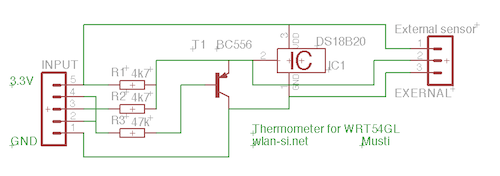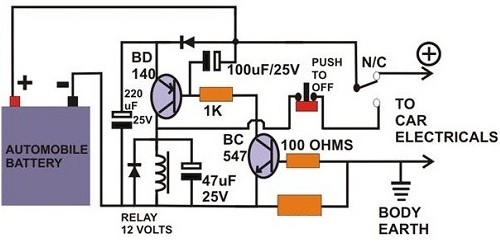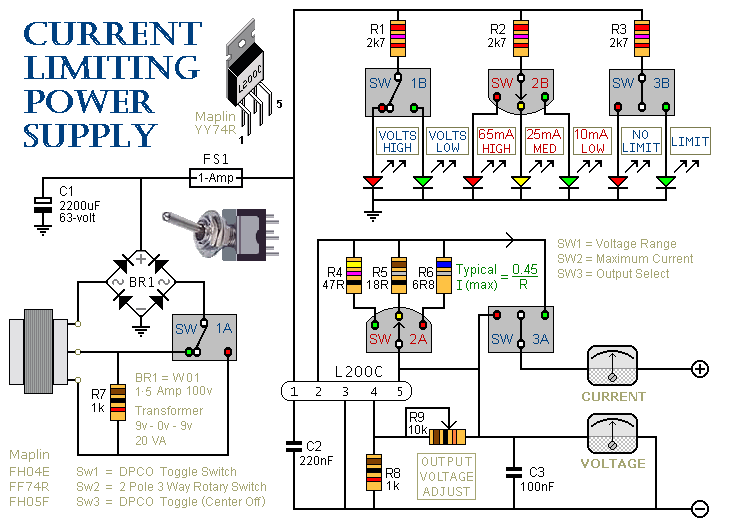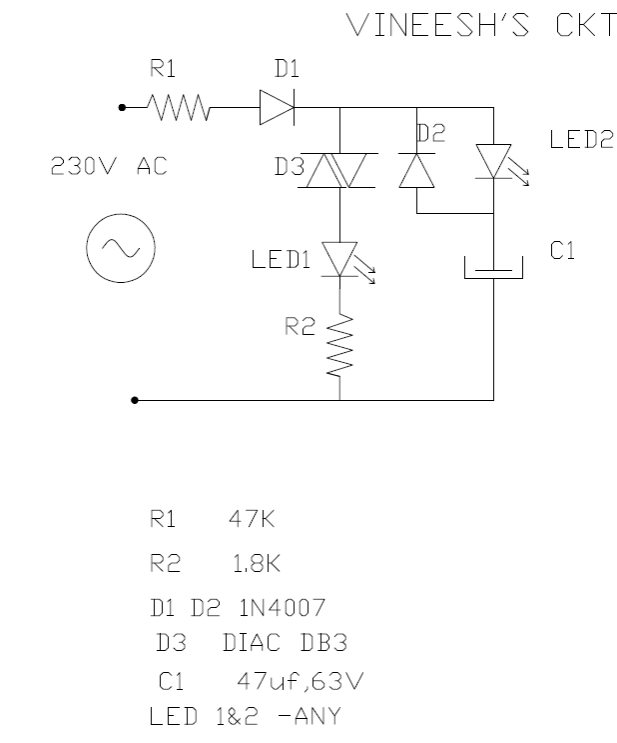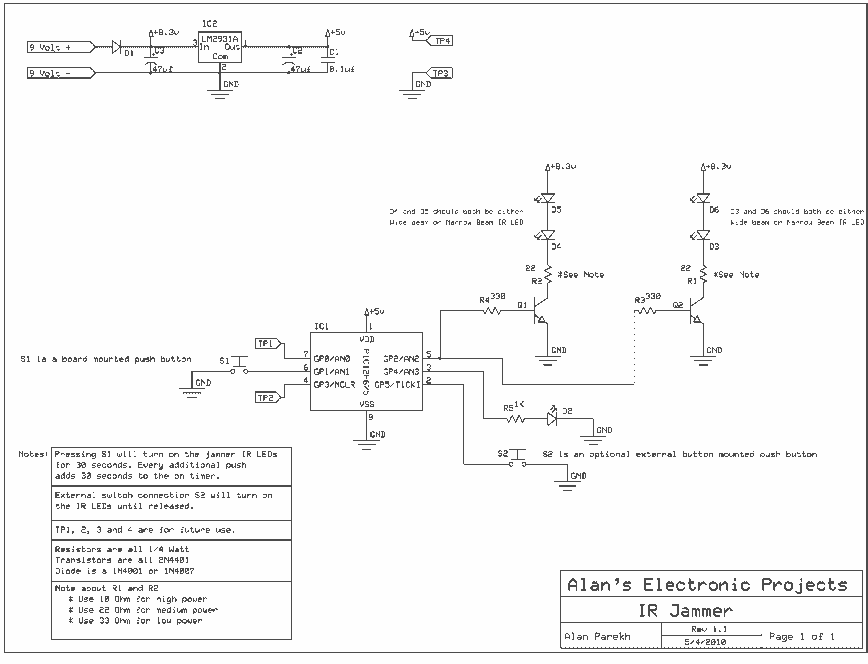
Simple IR Remote Tester

Most cases of infrared remote control failure can be identified by the absence of the pulsed transmitted infrared light. It is very rare that the...
Infrared remote controls operate by transmitting modulated infrared light signals that are detected by a corresponding receiver. The failure of these devices can often be traced back to several key factors, primarily the failure of the infrared light transmission. When the remote is activated, it emits a series of pulsed infrared light signals, typically at a frequency of 38 kHz, which are received by the sensor in the target device, such as a television or audio system.
To diagnose a malfunctioning infrared remote control, one effective method involves using a photodiode or phototransistor connected to an oscilloscope or a multimeter set to the appropriate mode. Upon pressing a button on the remote, the photodiode should detect the pulsed infrared light. If there is no output signal observed, it indicates that the remote is not transmitting properly.
Common causes of failure may include depleted batteries, obstruction of the infrared light path, or internal circuit malfunctions within the remote itself. It is also important to inspect the receiver component in the target device, as it may be defective or misaligned, leading to a failure in detecting the infrared signals.
In summary, effective troubleshooting of infrared remote control failures involves checking the transmission of the pulsed infrared light signals and ensuring both the remote and the receiving device are functioning correctly.Most cases of infra-red remote control failure can be detected by detecting the absence of the pulsed transmitted infra red light. It`s very rare that the.. 🔗 External reference
Infrared remote controls operate by transmitting modulated infrared light signals that are detected by a corresponding receiver. The failure of these devices can often be traced back to several key factors, primarily the failure of the infrared light transmission. When the remote is activated, it emits a series of pulsed infrared light signals, typically at a frequency of 38 kHz, which are received by the sensor in the target device, such as a television or audio system.
To diagnose a malfunctioning infrared remote control, one effective method involves using a photodiode or phototransistor connected to an oscilloscope or a multimeter set to the appropriate mode. Upon pressing a button on the remote, the photodiode should detect the pulsed infrared light. If there is no output signal observed, it indicates that the remote is not transmitting properly.
Common causes of failure may include depleted batteries, obstruction of the infrared light path, or internal circuit malfunctions within the remote itself. It is also important to inspect the receiver component in the target device, as it may be defective or misaligned, leading to a failure in detecting the infrared signals.
In summary, effective troubleshooting of infrared remote control failures involves checking the transmission of the pulsed infrared light signals and ensuring both the remote and the receiving device are functioning correctly.Most cases of infra-red remote control failure can be detected by detecting the absence of the pulsed transmitted infra red light. It`s very rare that the.. 🔗 External reference
